In a recent post, I said that some news about Aroma di Cannella would have come soon. It’s a while already that I’ve been thinking of an English version of the blog (I mentioned this idea in the 100th article). Such idea was to create a multilingual blog to make reading my adventures and culinary experiments easier for my non-Italian followers. And I haven’t found a solution yet due to a lack of time (#PhDlife).
However, some of my colleagues at university have been asking me about this specific article for a long while. Therefore, I decided to write this piece straight into English.
I am confident that my Italian fellows will deal with this. In case, uncle Google is always there to help you. This language-switch is not a definitive choice. I’ll switch back to Italian or finally find a solution for a double version. I’ll try to keep the promise. Give me some time.
The special occasion for this article is related to a Dutch dinner that some colleagues and I organized last November – now, you know why my colleagues were pushing me for this blogpost. In September we had an Italian night with pizza, good Italian red wine and beers. We also watched the “Mediterraneo” movie.
Autumn arrived and it was time for a Dutch night. Niels (you know him already, he is the “King of Pancakes“ of some articles ago) had promised to teach me how to bake one of the most typical specialities of the Dutch cuisine: the kroketten, a very popular fried snack food. Indeed, Niels likes to claim himself to be also the King of Kroketten. You know, some people have many talents. And I can confirm that he really knows how to manage the art of baking kroketten. So, thanks Niels to be willing and very patient to share and teach me such art.
Coming back to our Dutch dinner, that night was a true authentic immersion in the Dutch food culture. We baked not only kroketten and bamischijven (a super delicious Indonesian version of kroket), but also my first appeltaart (apple pie) and another typical Dutch dish (the stamppot, some info in Italian here) made of endive, potatotes and meat.
So, with this article I want to inaugurate a new section of the blog on Dutch Cuisine. Unofficially, the first article about Dutch cuisine was the one of pannenkoeken, which was the first experiment of baking Dutch food.
This time, let’s go for some homemade vlees kroketten (with meat), vis kroketten (with fish) and bamischijven (with noodles and vegetables). I’ll keep the recipes of the appeltaart and the endive stamppot for some upcoming articles.
Before writing you the recipes, a special thank to:
- Niels, to share and teach me the art of baking kroketten
- B., to host the event
- M., M., M., F. and E., to be there that night and appreciate the food – hope you were sincere 😉 !
* To readers who don’t know about this rule, in my blog I use to refer to people by only citing the capital letter of the first name, unless they explicitly give the permission to use their full names. You know, academic life rules me.
***
| Vlees kroketten – with meat (for 9 kroketten) Ingredients For the filling: 50 gr of butter 50 gr of flour 400 cl of meat bouillon 1 onion 1 slice of garlic
400 gr of meatballs For the breading: oil for frying To serve: ketcup, mayonnaise, mustard |
Vis kroketten – with fish (for 9 kroketten) Ingredients For the filling: 50 gr of butter 50 gr of flour 400 cl of fish bouillon 3 green onions 1 slice of garlic
400 gr of shrimps and surimi For the breading: oil for frying To serve: ketcup, mayonnaise, mustard |
Preparation
In a pot, melt the butter with the onion (for the meat kroketten) or one green onion (for the fish kroketten). While leaving the pot in the stove, add the flour and stir with a fork. Bake the mix for some minutes. Then, add 1/2 soup spoons of bouillon each time and stir until absorbed. You have to obtain a creamy filling as in the picture.
Add the cutted meat or a mix of two green onions, shrimps and surimi cutted in small pieces, and stir. Put the filling in a plate until it cools down and then put it into the fridge.
When the filling is solid, it’s time to make the kroketten!
Make the shape, roll the kroktet in the flour, then in the beaten eggs and finally in the breadcrumbs.

Fry the kroketten for 5 minutes.

Lekker!!!
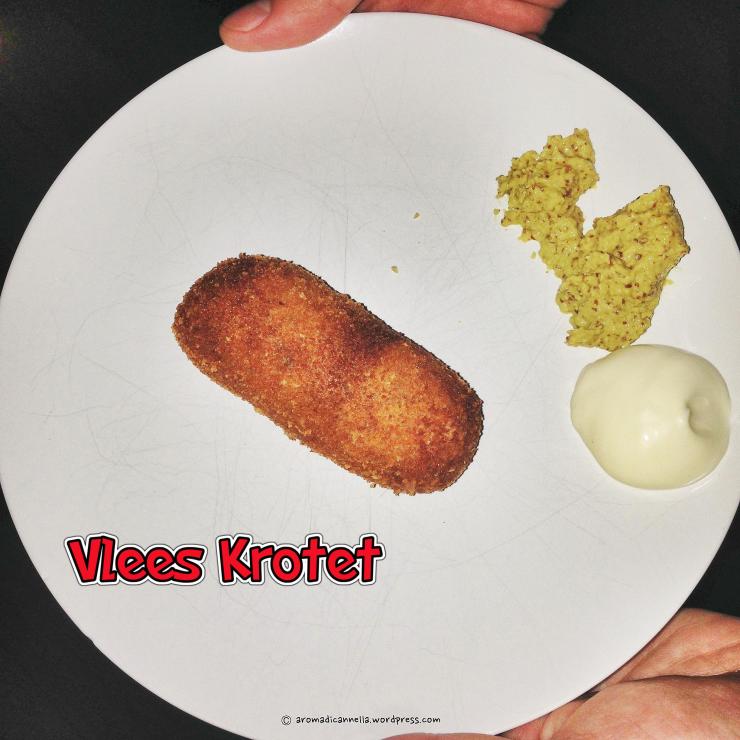
Lekker lekker!
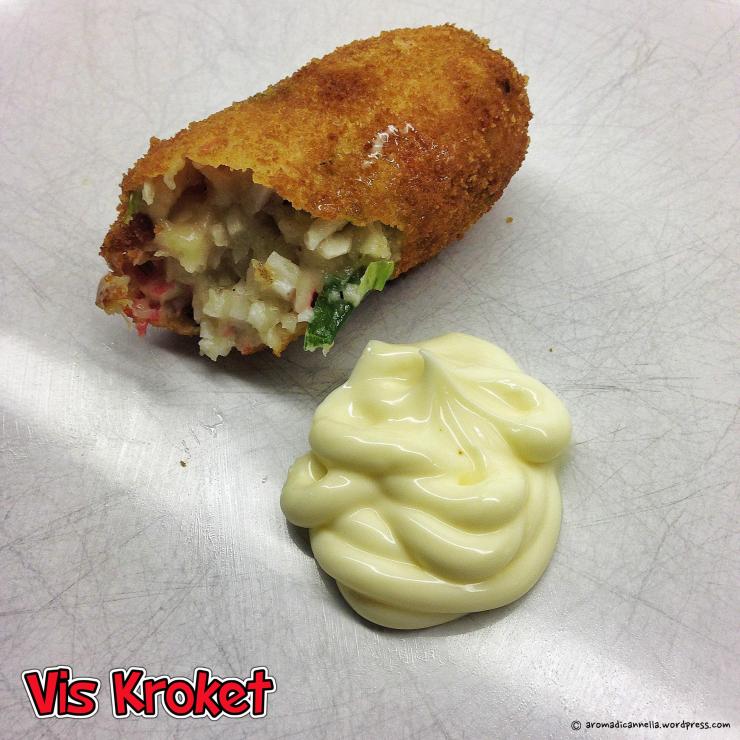
Bamischijven (for 9 stukjes = pieces) – I love this Dutch cute -je sound they put at the end of all words to make them nicer ❤
For the filling:
50 gr of butter
50 grams of flour
400 cl of meat bouillon
1 onion
2 slices of garlic
2 tea spoons of Indonesian sambal (if you have no idea, like me, of what it is, check Wikipedia)
2 tea spoons of Indonesian ketjap manis (as above, check here)

2 packages of noodles
mix of raw vegetables (carrots, celery) and parsley
For the breading:
breadcrumbs as much as needed
2 beaten eggs
flour as much as needed
oil for frying
To serve:
ketchup, mayonnaise, mustard
Preparation
Start in the same way as the kroketten. In a pot, melt the butter with the onion. While leaving the pot in the stove, add the flour and stir with a fork. Add 1/2 soup spoons of bouillon each time and stir until absorbed. You have to obtain a creamy filling as in the picture. Add the sambal and the ketjap manis (picture).

Boil the noodles. When they are ready, put the noodles in a pot and add the spices included in the package, the mix with raw vegetables and parsley. Bake the noodles with the vegetables for some minutes.
Add the creamy filling to the noodles and stir. Put the filling in a plate until it cools down and then into the fridge.

When the filling is solid, it’s time to make the bamischijven!
Make the shape, roll the bamischijf in the flour, then in the beaten eggs and finally in the breadcrumbs.
Fry the bamischijven for 5-7 minutes.
Lekker lekker lekker!

Eet smakelijk!
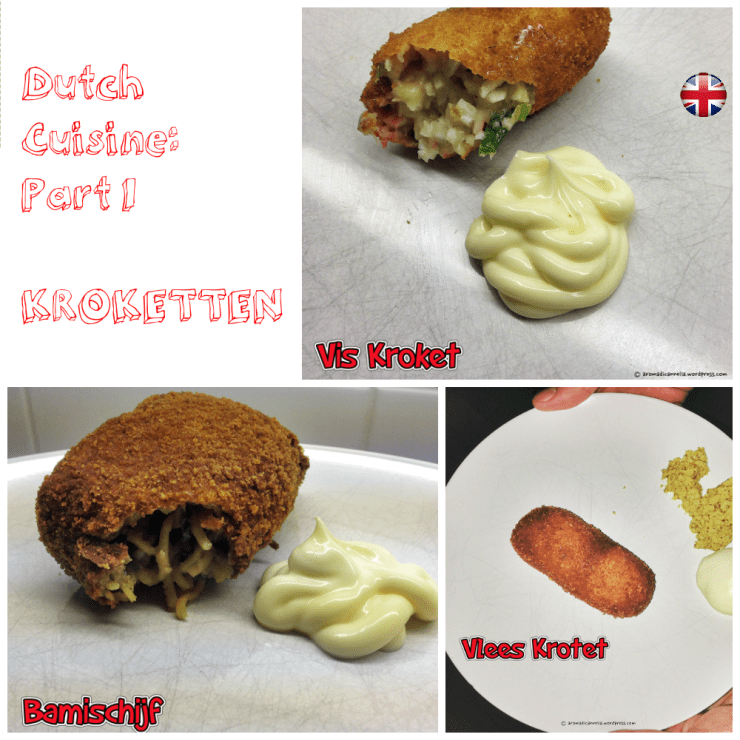
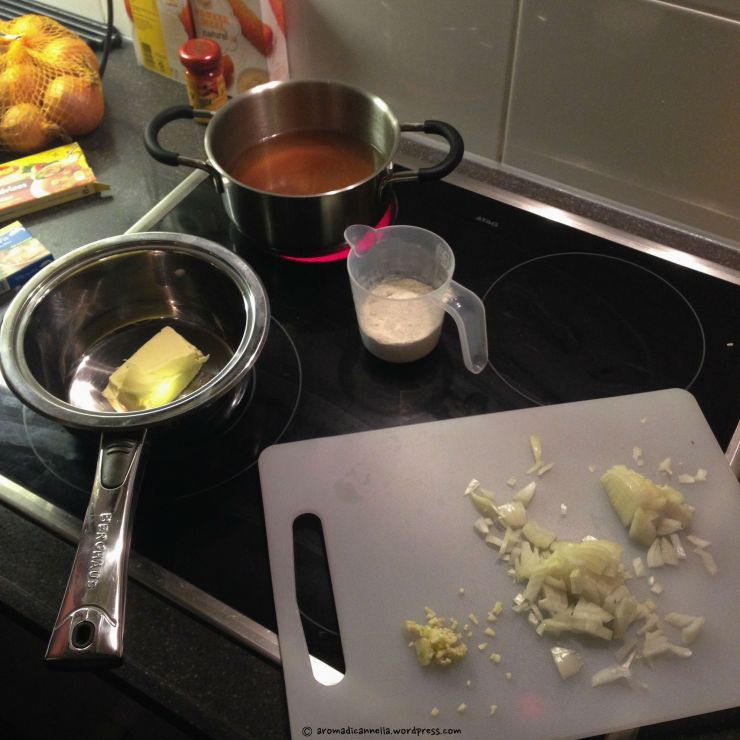
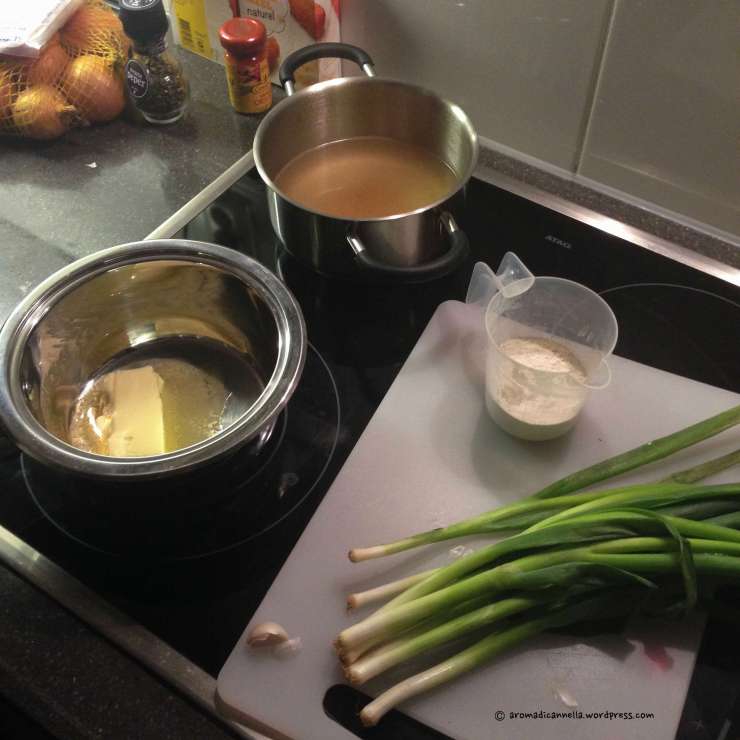


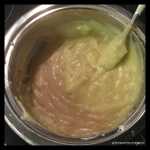

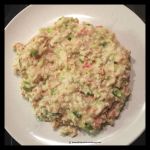

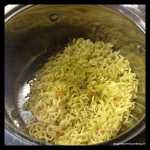
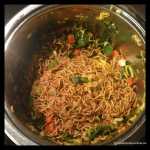
Looks great!
Diventa come “cucina svedese per italiani”!
Tra le altre cose, pur vivendo la maggior parte del tempo a Bristol, sto lavorando tra Utrecht ed Eindhoven (lo so, sembra complicato…), quindi posso passare per cena 😉
Se ti va di allungare il viaggio di un’ora e mezza, volentieri 😉
Vorrei davvero fare una versione multilingua, ma non è proprio semplicissimo! Tu come avevi fatto? Passato direttamente all’inglese?
Era in italiano…quello era il mio target! Adesso ho un blog in inglese, ma riguarda cose lavorative. Buona fortuna in Olanda!
Grazie! E buona continuazione a te!